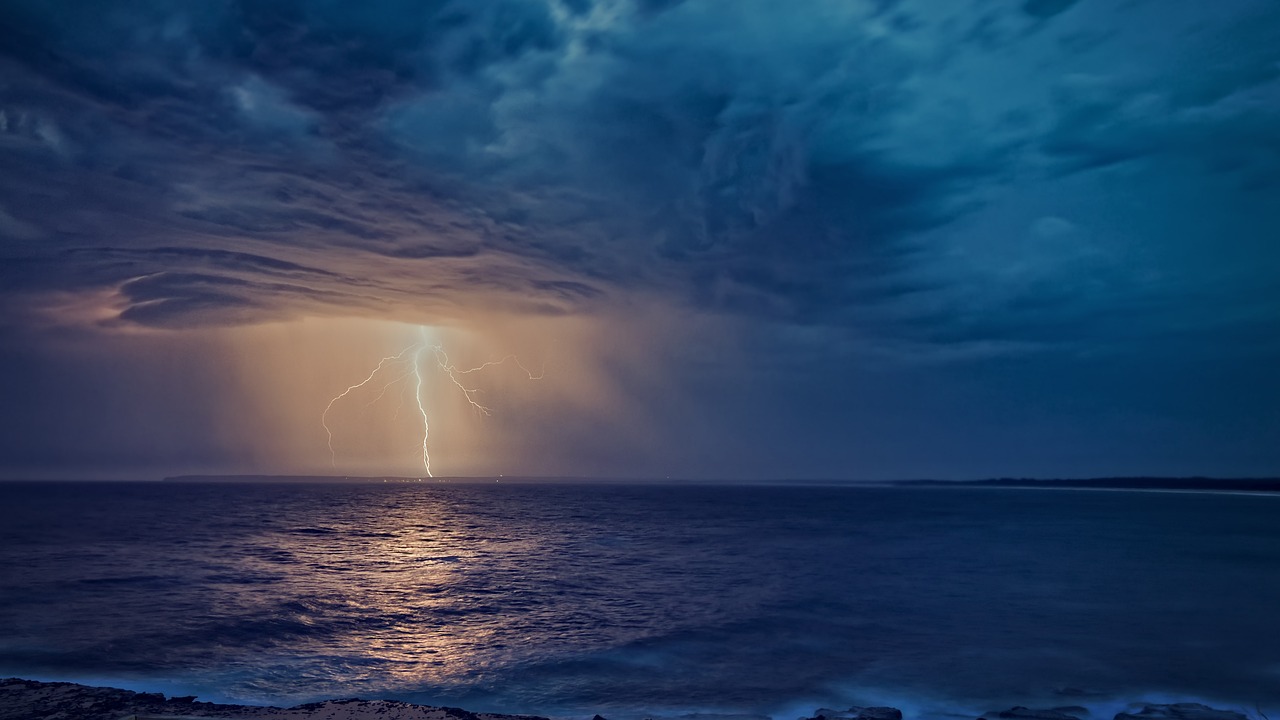Tropical Storm Hilary brought heavy rainfall to Southern California, causing widespread flooding and leading to numerous rescue operations. The storm, which had previously soaked Mexico’s Baja California peninsula and Tijuana, extended its reach as far north as Nevada, Oregon, and Idaho, raising concerns about flooding in these regions as well.
Residents of Southern California grappled with challenges such as submerged roads, mudslides, and fallen trees. One individual, Maura Taura, expressed relief that her family was safe after a large tree fell onto her daughter’s cars, narrowly missing their home in Los Angeles’ Sun Valley area.
Tropical Storm Hilary is the latest in a series of severe weather events that have impacted the United States, Canada, and Mexico. Hawaii’s Maui Island is still recovering from a devastating wildfire that claimed over 100 lives and caused extensive damage to the town of Lahaina, marking it as the deadliest wildfire in the US in more than a century. In Canada, firefighters are contending with an exceptionally intense fire season, described as the nation’s worst on record.
Adding to the challenges, Southern California experienced a 5.1 magnitude earthquake near Ojai, causing tremors to be felt widely across the region. While smaller aftershocks followed, no significant damage or injuries were reported immediately after the quake.
Tropical Storm Hilary made its initial landfall in Baja California, resulting in one fatality in a sparsely populated region. The storm then moved through Tijuana, a landslide-prone area, putting the makeshift hillside homes in danger. Remarkably, Hilary marked the first tropical storm to impact Southern California in 84 years, depositing over half a year’s average rainfall in certain areas, including Palm Springs.
The National Hurricane Center eventually downgraded Hilary to a post-tropical storm but warned of ongoing life-threatening flooding over parts of the southwestern US. Coastal warnings were lifted, but forecasters remained concerned about flash floods in Los Angeles and Ventura Counties. Emergency responders saved 13 individuals from rising waters in a homeless encampment along the San Diego River. The storm also caused road closures, vehicle strandings, and flooding in various areas.
San Diego experienced its wettest day on record with 1.82 inches of rainfall, breaking a previous record set in 1977 after Hurricane Doreen. This extreme weather prompted the closure of the Los Angeles Unified School District and other regional school systems. San Diego schools postponed their class start dates.
As the skies cleared in California, flooding was reported in the Mount Charleston area near Las Vegas. The National Weather Service highlighted the risk of flooding in southeastern Oregon and west-central Idaho, with potentially record-breaking precipitation anticipated. Simultaneously, forecasters at the National Hurricane Center monitored a disturbance in the Gulf of Mexico, indicating an 80% likelihood of developing into a tropical disturbance or storm before reaching the western Gulf coast. Residents in northern Mexico and Texas were advised to stay vigilant as tropical storm watches or warnings might be issued.
